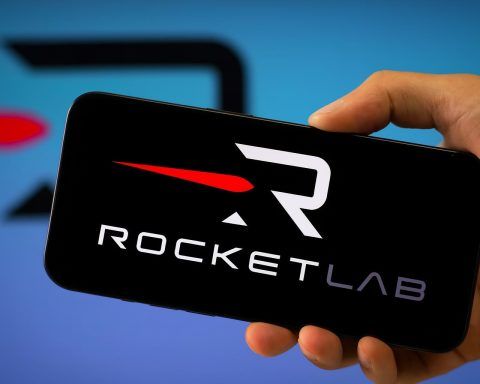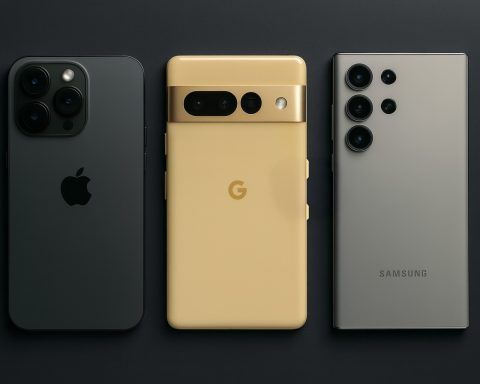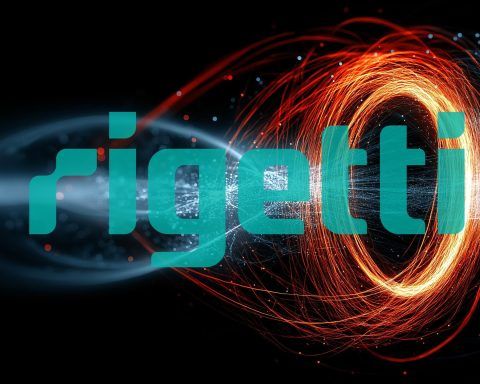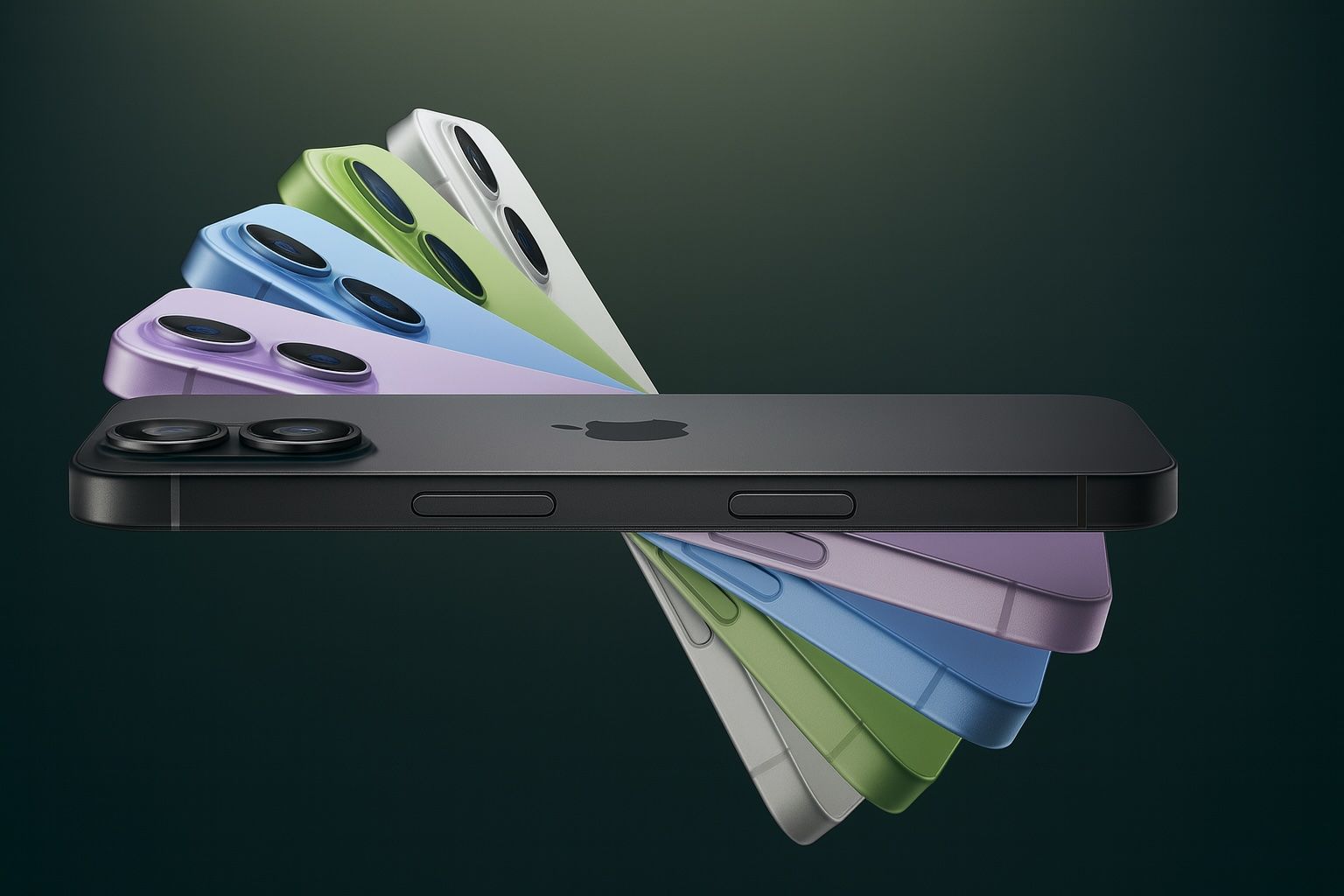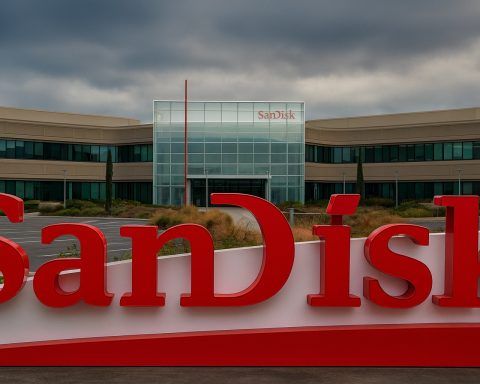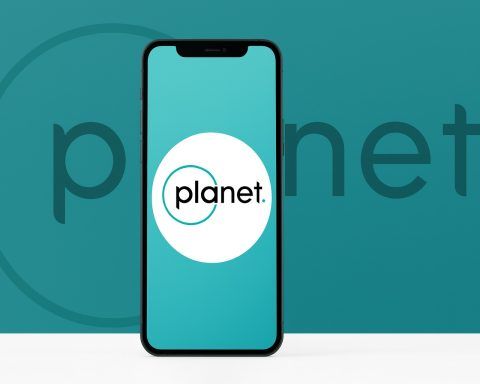
Planet Labs Stock Skyrockets in 2025: Record Highs, Big Contracts, and Rivalry in the Space Race
Planet Labs: 2025 Performance and Stock Outlook Planet Labs has delivered a thrilling ride for investors in 2025, transforming from a beaten-down SPAC alum into one of the year’s hottest tech stocks. After starting the year in the mid-single digits,

